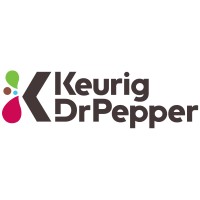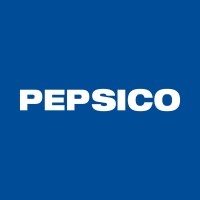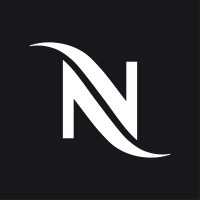Company Cyber Security Posture
NANA
NA Company Details
NA
NA
NA
NA
NA
NA
Scan still pending
NA
NA
Between 200 and 800
This score is AI-generated and less favored by cyber insurers, who prefer the TPRM score.
 NA Global Score
NA Global Score.png)

Company Scoring based on AI Models
| Model Name | Date | Description | Current Score Difference | Score |
|---|---|---|---|---|
| AVERAGE-Industry | 03-12-2025 | This score represents the average cybersecurity rating of companies already scanned within the same industry. It provides a benchmark to compare an individual company's security posture against its industry peers. | N/A | Between 200 and 800 |
Company Cyber Security News & History
| Entity | Type | Severity | Impact | Seen | Url ID | Details | View |
|---|
Company Subsidiaries

NA
Access Data Using Our API

Get company history
.png)
NA Cyber Security News
Shree Renuka Sugars Share Price: Check Details
Shares of Shree Renuka Sugars Limited were trading at ₹47.92, down by 0.68% or ₹0.33, on October 11, 2024. The stock opened at ₹48.00 and ...

NA Similar Companies

Greggs
Greggs is a leading food-on-the-go retailer with over 2,400 shops nationwide and serving over six million customers a week. We stand for great tasting, freshly prepared food that our customers can trust, at affordable prices and aim to become the customers’ favourite for food-on-the-go. With ambi

Deshbandhu Group
Deshbandhu Group is a leading corporate house in Bangladesh. Deshbandhu Group is engaged in manufacturing and marketing of Refined Sugar, PP Woven Bag, Cement, Ship Management, Automatic Rice Milling, News Papers publications, Woven Sweater Manufacturing, Producing Power, Real Estate Development an

Keurig Dr Pepper Inc.
Keurig Dr Pepper (KDP) is a leading beverage company in North America, with annual revenue in excess of $14.1 billion and nearly 28,000 employees. KDP holds leadership positions in soft drinks, specialty coffee and tea, water, juice and juice drinks and mixers, and markets the #1 single serve coffee

PepsiCo
PepsiCo is a playground for curious people. We invite thinkers, doers, and changemakers to champion innovation, take calculated risks, and challenge the status quo. From executives to team members on the front lines, we’re excited about the future. We take chances. Together, we dare to make the worl

Nestlé Nespresso SA
Coffee is at the heart of everything we do, and consumer satisfaction is why we do it. Our story started with one simple idea: everyone should be able to make the perfect cup of coffee at home. Something we still believe today, which is why we think delivering the highest quality coffee, sip after

PRAN-RFL Group
PRAN RFL Group, one of the most reputed conglomerates in Bangladesh, is in market since 1981. It started mainly with Foundry business and gradually diversified to Light Engineering, PVC Fittings, Plastics, Food and Beverage and Agro-Processing. It has it's marketing and selling network in 145 countr

Frequently Asked Questions
Explore insights on cybersecurity incidents, risk posture, and Rankiteo's assessments.
NA CyberSecurity History Information
How many cyber incidents has NA faced?
Total Incidents: According to Rankiteo, NA has faced 0 incidents in the past.
What types of cybersecurity incidents have occurred at NA?
Incident Types: The types of cybersecurity incidents that have occurred include .
Additional Questions
What Do We Measure?
















Every week, Rankiteo analyzes billions of signals to give organizations a sharper, faster view of emerging risks. With deeper, more actionable intelligence at their fingertips, security teams can outpace threat actors, respond instantly to Zero-Day attacks, and dramatically shrink their risk exposure window.
These are some of the factors we use to calculate the overall score:
Identify exposed access points, detect misconfigured SSL certificates, and uncover vulnerabilities across the network infrastructure.
Gain visibility into the software components used within an organization to detect vulnerabilities, manage risk, and ensure supply chain security.
Monitor and manage all IT assets and their configurations to ensure accurate, real-time visibility across the company's technology environment.
Leverage real-time insights on active threats, malware campaigns, and emerging vulnerabilities to proactively defend against evolving cyberattacks.




